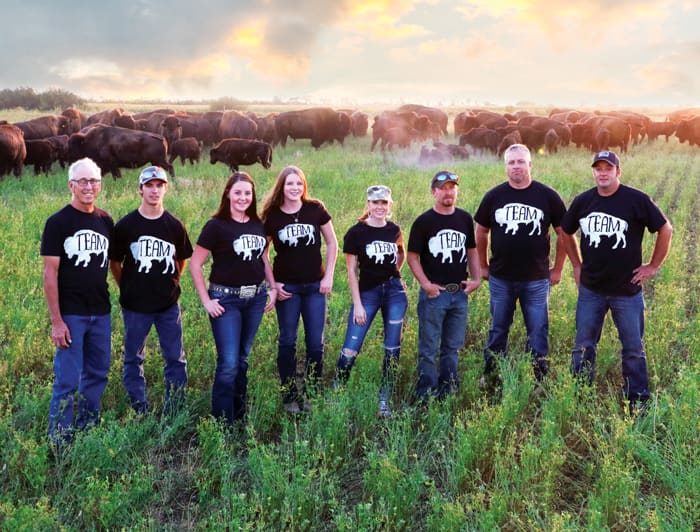No-Till Farmer
Get full access NOW to the most comprehensive, powerful and easy-to-use online resource for no-tillage practices. Just one good idea will pay for your subscription hundreds of times over.

Canadian no-tillers often complain their growing season is too short to add cover crops to their rotation or diversify their cash crops. But interest in intercropping appears to be budding as more growers find they can use the practice to extend the season, achieve more yield per acre, reduce input costs and better manage risk.
Joe Wecker, who farms at Sedley, Saskatchewan has realized all these benefits and has downsized his 11,000-acre farm to 9,000 acres after adopting intercropping, cover crops and other regenerative agriculture practices.
“We find we can do a better job with less land,” says Wecker, who was part of a producer panel at an intercropping workshop in Brandon, Manitoba last November that attracted around 140 people.
Each grower had a different reason for starting down the intercropping road. Brooks and Jen White operate a 6,800 acre, fifth-generation grain and bison farm, Borderline Agriculture, near Pierson, Manitoba.
Intercropping involves seeding two or more crops together either side by side or in the same seed row.
The science behind intercropping suggests crops grown together have a synergistic relationship that encourages the exchange of nutrients between plants, takes advantage of spatial diversity such as different rooting depths and helps increase yields and prevent weeds, pests and disease.
Learn more about the science and economics of intercropping, and tips for separating intercrops by clicking here.
They’ve been serious zero-tillers since the early 1980s but had challenges with excess moisture. After a…